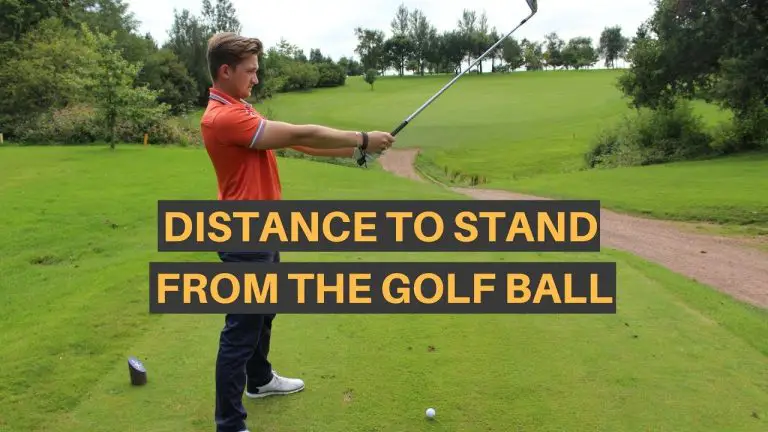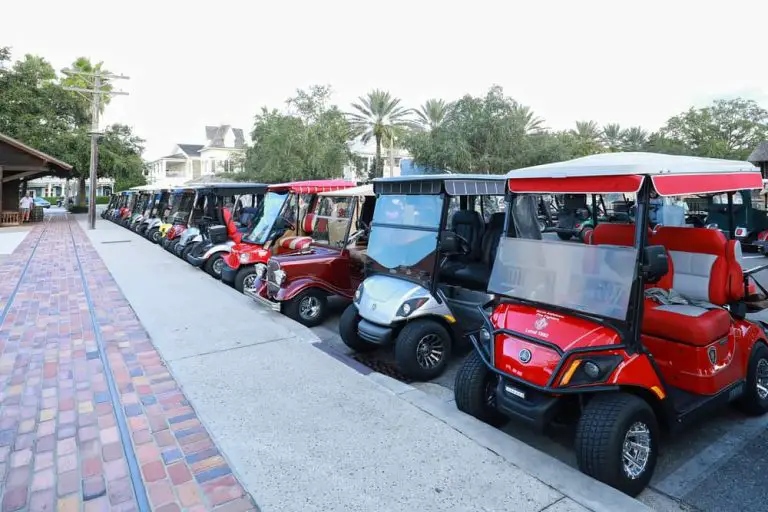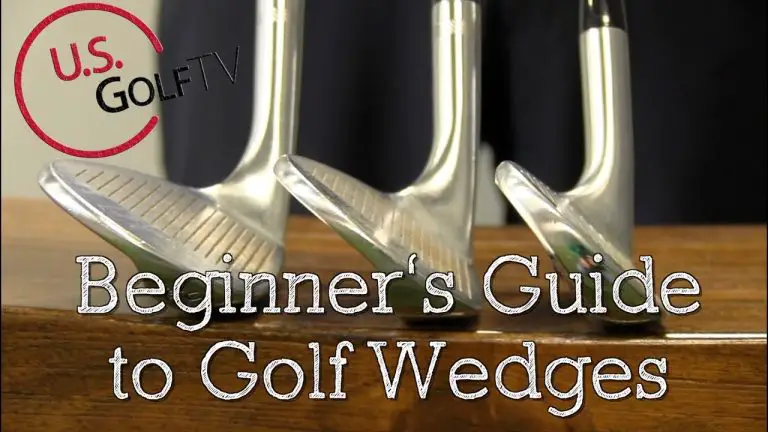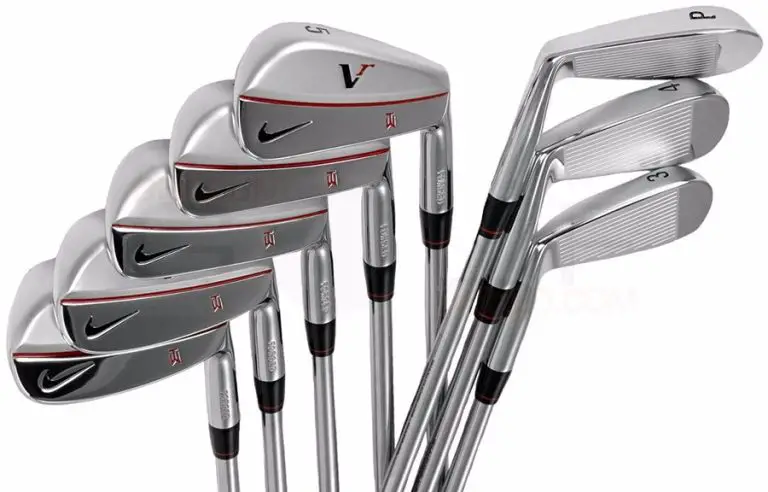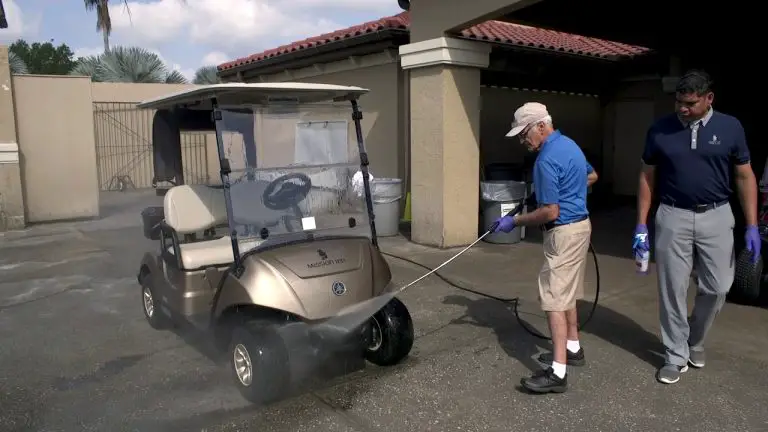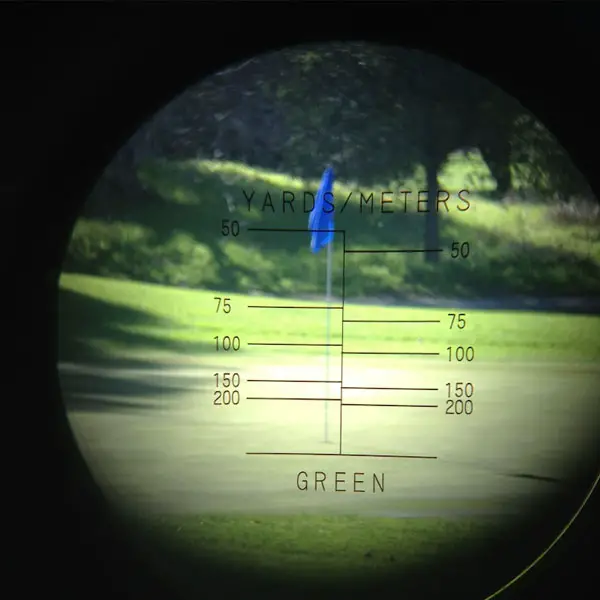Most Important Muscles For Golf Swing Speed
Golfers of all skill levels strive for greater distance off the tee, seeking to unleash the power within their swing. While technique and equipment play crucial roles, the key to generating impressive swing speed lies in the muscles of the body. Understanding the most important muscles for golf swing speed is the first step towards unlocking your full potential on the course.
In this comprehensive guide, we explore the fundamental muscles that contribute to generating speed and power in your golf swing. We delve into the science behind swing mechanics and dissect the roles of specific muscle groups, offering practical insights and actionable tips to help you enhance your swing speed and achieve greater distance.
From the core muscles that provide stability and transfer energy, to the explosive power of the lower body, and the coordination of the upper body, we’ll discuss the essential muscle groups involved in generating swing speed. We’ll highlight the attributes and functions of each muscle group and provide exercises and training strategies to optimize their performance.
Whether you’re a beginner looking to develop a solid foundation or an experienced golfer seeking to fine-tune your swing, understanding the most important muscles for golf swing speed is crucial. By targeting these muscles through focused training, you can enhance your power, increase your clubhead speed, and ultimately drive the ball farther down the fairway.
So, let’s dive into the world of golf swing speed and explore the muscles that hold the key to unlocking your maximum power and distance. Get ready to elevate your game to new heights as we uncover the secrets of the most important muscles for golf swing speed.

The Role of Muscles in the Golf Swing
Before diving into specific muscle groups, it’s essential to understand how muscles contribute to the golf swing. Muscles generate power and transfer energy throughout the swing sequence. In this section, we examine the biomechanics of the golf swing, emphasizing the importance of muscle strength, flexibility, and coordination in generating clubhead speed.
The Core Muscles: Building a Strong Foundation
At the center of a powerful golf swing lies a strong core. The core muscles provide stability, transfer energy, and enable efficient rotation. In this section, we explore the attributes and relevance of core muscles, including the abdominals, obliques, and lower back, and provide exercises and tips to strengthen and engage these muscles effectively.
The Lower Body Muscles: Generating Power from the Ground Up
Generating power in the golf swing starts from the ground up, making the lower body muscles essential contributors. In this section, we delve into the leg muscles, glutes, and hip muscles that generate explosive force and initiate the downswing. We offer exercises and techniques to enhance lower body strength, stability, and rotational power.
The Upper Body Muscles: Unleashing Clubhead Speed
A powerful upper body is crucial for generating clubhead speed and maximizing distance. This section focuses on the shoulder muscles, chest muscles, and forearm muscles that contribute to the acceleration and release of the club. We provide exercises and strategies to develop upper body strength, flexibility, and coordination.
The Rotational Muscles: Maximizing Torque and Speed
Rotational power is key to a fluid and powerful golf swing. The rotational muscles enable torque and transfer energy throughout the swing. In this section, we explore the attributes and importance of muscles such as the obliques, lats, and rotator cuff muscles. We present exercises and drills to enhance rotational mobility, strength, and stability.
The Importance of Flexibility and Mobility
Flexibility and mobility play significant roles in maximizing swing speed and preventing injuries. This section emphasizes the importance of stretching exercises, mobility drills, and techniques to improve range of motion and optimize muscle function. We provide a range of exercises targeting specific muscle groups to enhance flexibility and mobility for an unrestricted golf swing.
Training Strategies for Increasing Swing Speed
To improve swing speed, a structured training program is essential. In this section, we introduce effective training strategies, including resistance training, explosive exercises, and golf-specific workouts. We discuss the principles of strength and power development and offer practical tips for incorporating these strategies into your training routine.
Incorporating Functional Exercises for Golf Swing Power
Functional exercises that mimic the golf swing can further enhance your swing speed. This section presents a variety of functional exercises targeting core stability, lower body explosiveness, and upper body strength. We provide step-by-step instructions, variations, and tips for integrating these exercises into your workouts.
Developing a Comprehensive Golf Fitness Routine
To optimize your swing speed, it’s important to develop a holistic approach to golf fitness. This section outlines the key components of a comprehensive golf fitness routine, including strength training, flexibility work, mobility exercises, and cardiovascular conditioning. We offer sample workout routines and guidance on structuring your training program.
Seeking Professional Guidance
For those seeking further guidance and personalized instruction, working with a golf fitness professional or trainer can be highly beneficial. In this section, we highlight the advantages of seeking professional guidance, including personalized assessments, customized training programs, and expert advice. We discuss the role of a golf fitness professional in addressing individual limitations, refining technique, and designing a comprehensive plan to improve swing speed.
Monitoring Progress and Making Adjustments
Tracking your progress and making necessary adjustments are crucial for continual improvement. In this section, we provide insights on monitoring your swing speed, evaluating your training program, and making adjustments based on feedback and results. We discuss the importance of regular assessments, data analysis, and staying adaptable to ensure ongoing progress.
Mental Approach and Visualization Techniques
The mental aspect of golf should not be overlooked when it comes to swing speed. This section explores the importance of a positive mindset, focus, and visualization techniques in maximizing your swing speed potential. We offer tips on harnessing the power of the mind, managing pre-shot routines, and maintaining confidence throughout your rounds.
Nutrition and Recovery for Optimal Performance
To support your muscle development, energy levels, and overall performance, proper nutrition and recovery are essential. In this section, we delve into the importance of fueling your body with the right nutrients, hydrating adequately, and prioritizing recovery strategies. We provide practical nutrition tips and highlight the significance of sleep, rest, and injury prevention techniques.
Adapting to Different Course Conditions and Situations
Golf is a game of variety and adaptability. This section focuses on the importance of adapting your swing speed to different course conditions, weather elements, and situations. We discuss strategies for adjusting swing speed based on wind, elevation changes, and shot requirements, allowing you to optimize your performance on any course you play.
Conclusion
Maximizing your golf swing speed requires a combination of strength, flexibility, technique, and mental focus. By understanding the most important muscles involved in generating swing speed and implementing effective training strategies, you can unlock greater power and distance in your game. Remember, consistency, dedication, and patience are key on the journey to improving swing speed. Embrace the process, enjoy the physical and mental challenges, and reap the rewards of a more powerful golf swing.
Now, it’s time to apply the knowledge and techniques shared in this guide to your own training and practice. Develop a tailored workout routine, integrate functional exercises, and focus on optimizing your muscle performance. With perseverance and commitment, you’ll experience noticeable improvements in your swing speed and enjoy the satisfaction of hitting longer, more powerful shots on the golf course. Good luck on your journey to maximizing your golf swing speed!

